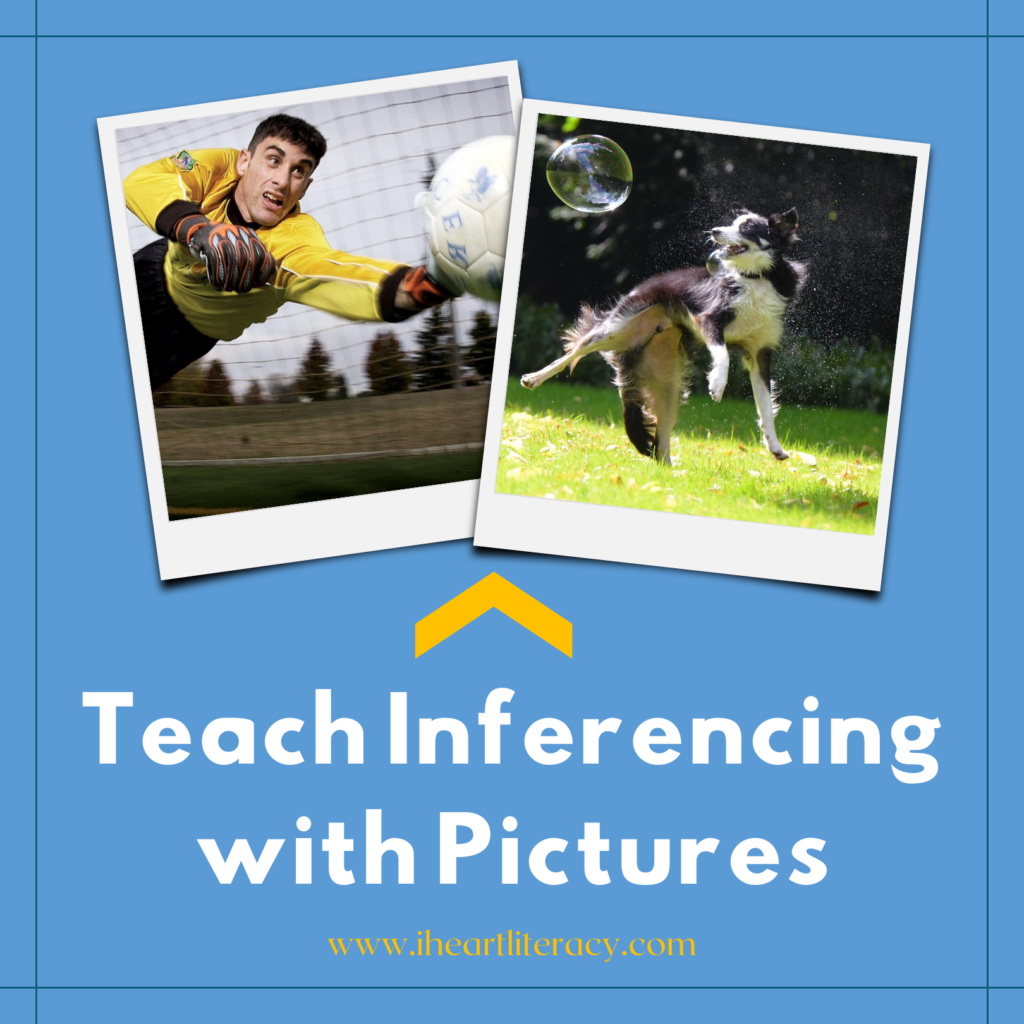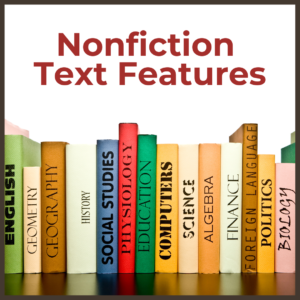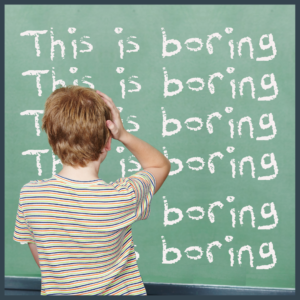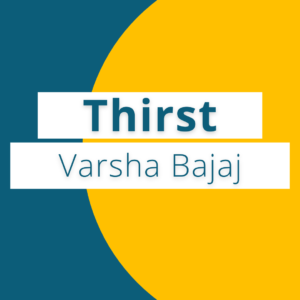Teaching inference with pictures is an effective way to allow all students to access the comprehension skill of making inferences while removing any roadblocks reading text might pose for some students.
Making Inferences
Teaching how to make inferences can be difficult for students. A question I often hear is, “What is an inference again?” I feel like a broken record repeating, “You take ideas from what you read. You add it to what you already know. Then, you make a logical conclusion.” That always rings a bell for students, but without fail, another student will ask me the same question a few minutes later.
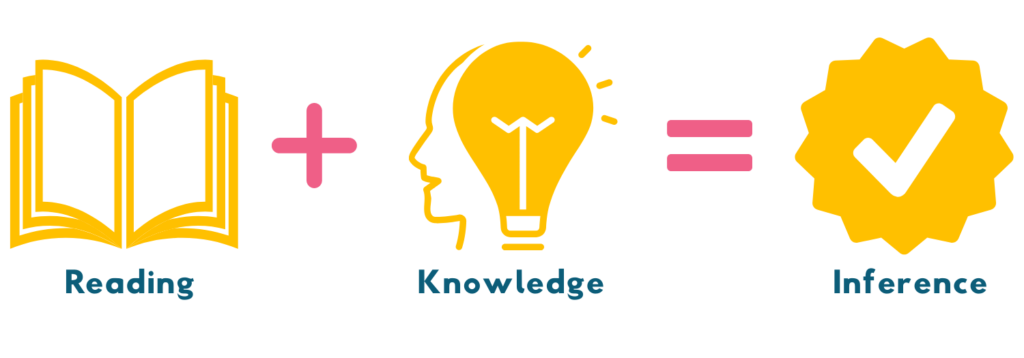
Hearing the same question over and over again drives me crazy. But when this happens, when I get a question repeated so many times, it tells me that I’m clearly not teaching the concept well enough.
So, taking a step back, I thought, how can I teach inferencing so students truly understand and can apply it (and so I don’t go crazy).
Inferencing with Pictures
First I needed to understand the problem. What was at the root of not understanding inferencing?
Well, as you probably know, there were several reasons. Some students were struggling with just decoding the text and their brains couldn’t focus on the deeper concept. Some students questioned what their “prior knowledge” even was. Some students could decode the heck out a passage but had no idea what they read.
If I wanted to teach making inferences, then I needed to take any reading roadblocks out of the way. I needed students to understand and apply inferencing in a way that was accessible to all of them.
And that’s when the breakthrough happened: teaching inference with pictures!
By creating inference picture prompts for students, any reading obstacle was instantly eliminated. Those students who struggled with decoding or comprehension could all of a sudden find success and feel confident in their ability to begin applying this new skill!
How to Use Pictures to Teach Inferencing
I started with this picture and asked the question, “What’s going on?”

Depending on where you live in the country you may get different responses. Some of my students had never been to the ocean before, some had, but all students got the idea that people were on a beach.
Then I asked students, “What time of day is it?”
Again, depending on where you live, your students may have different responses. One student said it was morning because the sun was rising. Another student argued that it was almost night because the sun was setting. And this created the perfect opening to talk about inferencing.
Both students had made logical conclusions based on the picture and their prior knowledge. Both answers could be right. We didn’t have all the facts.
What we did have, though, was an AMAZING discussion
We discussed what making inferences means, how there are clearly wrong answers (the people in the picture are not in the middle of the forest at noon), but that there isn’t necessarily one right answer either.
I added an inference picture prompt to our daily morning work, and the kids loved it! Students would walk in asking, “What’s our picture for inferencing today?”
I had successfully eliminated the, “What’s an inference again?” taught inference skills, and saved my sanity in the process.
Where Can I Get Inference Picture Prompts?
When I first started our daily inference practice, I just Googled some random idea like “giraffe licking” or “footprints in snow.”
If you’re looking for a good starting place, Google Images is what you need. You supply an idea and you get tons of choices on your screen.
*Word of caution: don’t do a random topic Google Image search on your SmartBoard or other projector. You never know what may pop up. Always pick your photo first, then display it to the class! You don’t want to learn this the hard way.
While I like to think I’m creative, coming up with random topics to Google became tough after a few weeks (maybe even a few days). If you run into this problem, or if you just want a no-prep, easy-to-use resource that you can begin using today, I’ve got you covered. Check out my Making Inferences from Pictures pack on TpT.
It’s got 200 high-quality, engaging images that will get your students talking, discussing, and making inferences. This pack is great for daily morning work, but it can also be used as a literacy station, as independent lessons, as whole group work, and as small group work.
Teaching inference doesn’t have to be torture for you and your class. Inferencing with pictures makes it so much easier!

